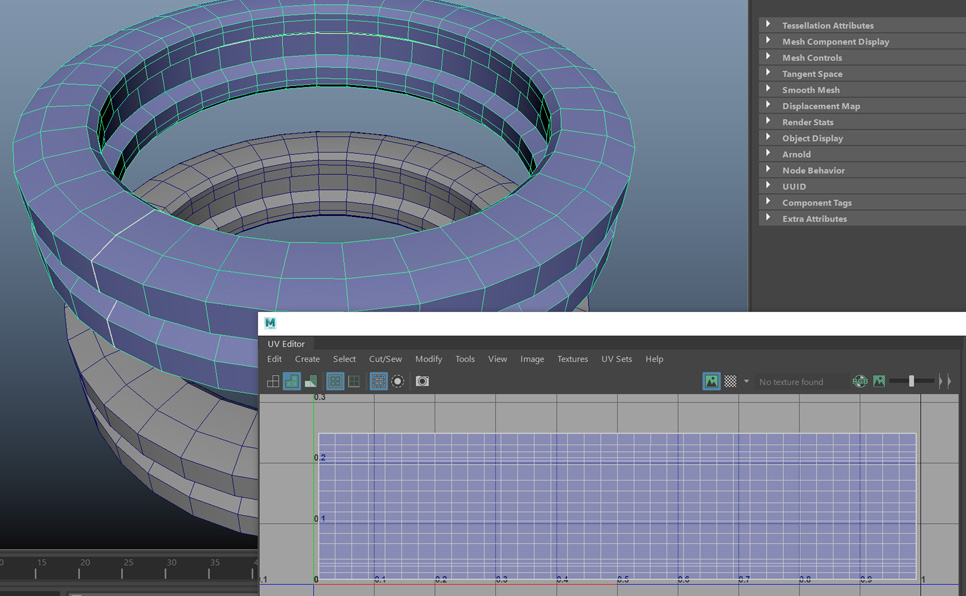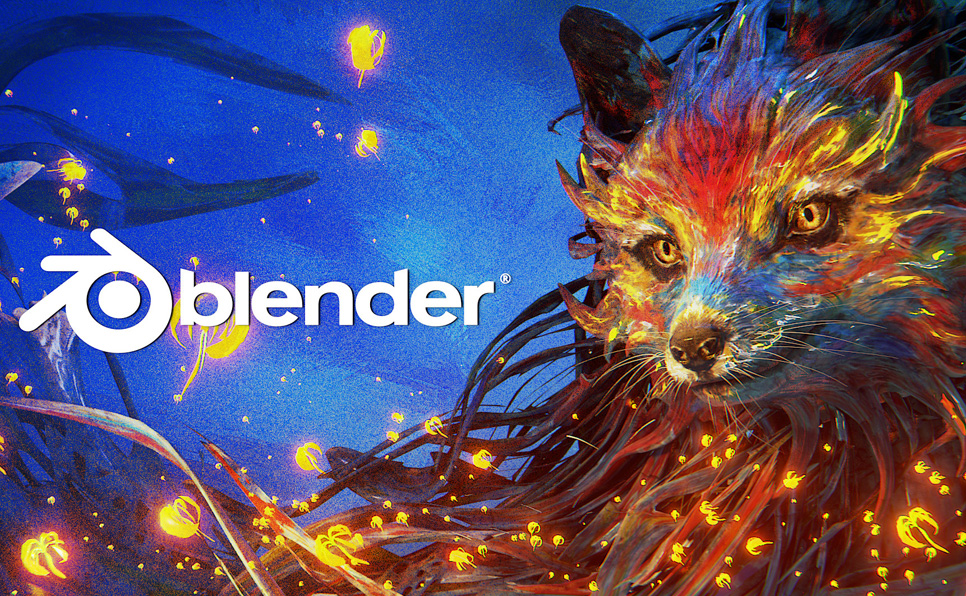- iPad Air (5th Generation)
- S8 Ultra (or other Android Alternative)
- Wacom Intuos (Small)
- Huion Kamvas 12
- Huion Kamvas 16
- Huion Kamvas 16
Picking out a drawing tablet for a beginner digital artist is akin to sifting through countless products with a mountain of data and not knowing what to do with it. From our perspective, a digital art tablet for beginners should have three key attributes above all else: They should be drawing tablets that are reasonably priced, they should be compatible with the most commonly used operating systems, and they should come with their own stylus pen or be versatile enough to warrant purchase even when their primary use isn’t purely for art.
With those bare minimum requirements, a list of the most commonly used and recommended drawing tablets for beginners becomes much easier to find and has been compiled in this article. Using the list below, finding the right drawing tablet for the blossoming digital artist is a lot cheaper, quicker, and less likely to result in buyer’s remorse. And thanks to the fact that it features its own OS and display, the Air acts as a standalone drawing tablet with no need for a second screen/device for use.
iPad Air (5th Generation)
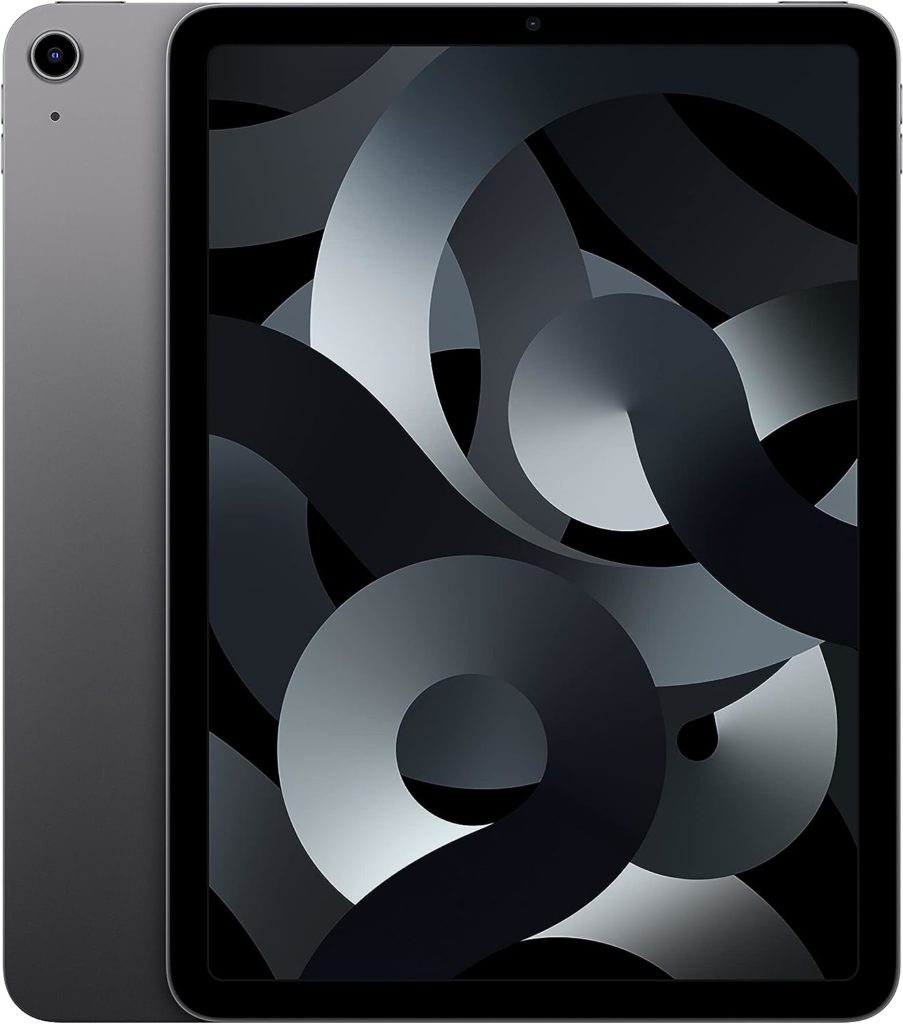
Despite being more expensive than almost anything else on the list, the iPad Air is one of our top picks as a drawing tablet for beginners due to its versatility. One of the most common problems newbies to digital art face is buying a relatively expensive product that they don’t end up using as often as a professional would.
This can result in buyer’s remorse and might inadvertently sour the artist on the craft altogether. As a common solution to this problem, the iPad Air offers users the ability to practice honing their digital art while also acting as a great tablet for general use outside of digital art.
The 5th generation iPad Air, in particular, features great longevity in the processing power it sports thanks to the M1 SoC, which will pack enough punch to run all of its associated applications for years to come. Just be sure to buy a stylus pen or Apple pencil that’s compatible with the 5th generation Air, as this model doesn’t come with one.
All of this comes with the caveat of cost to use ratio. That is to say, only buy this product if you feel uncertain about how much you’ll be using it for art purposes so that you have a product that’s versatile enough to be worth the purchase anyway. If you know that all you need is a product for digital art, save your money and skip this one altogether.
S8 Ultra (or other Android Alternative)

This entry is an obligatory nod to the Android alternatives to the Apple standalone tablet available on the market today. If you want a versatile product that can be used for more than just digital art, but don’t want the iPad Air, the S8 Ultra is a great alternative.
All of the same pros and cons that can be said about the Air can be said about the S8 Ultra: It’s more expensive than a standalone drawing tablet, but it can be used as a relatively powerful, lightweight tablet for work or leisure practices outside of digital art.
And just like the iPad Air, if you have confidence that you only need a digital drawing tablet for its strict purpose, skip this option and move on to the rest of the listings.
Wacom Intuos (Small)
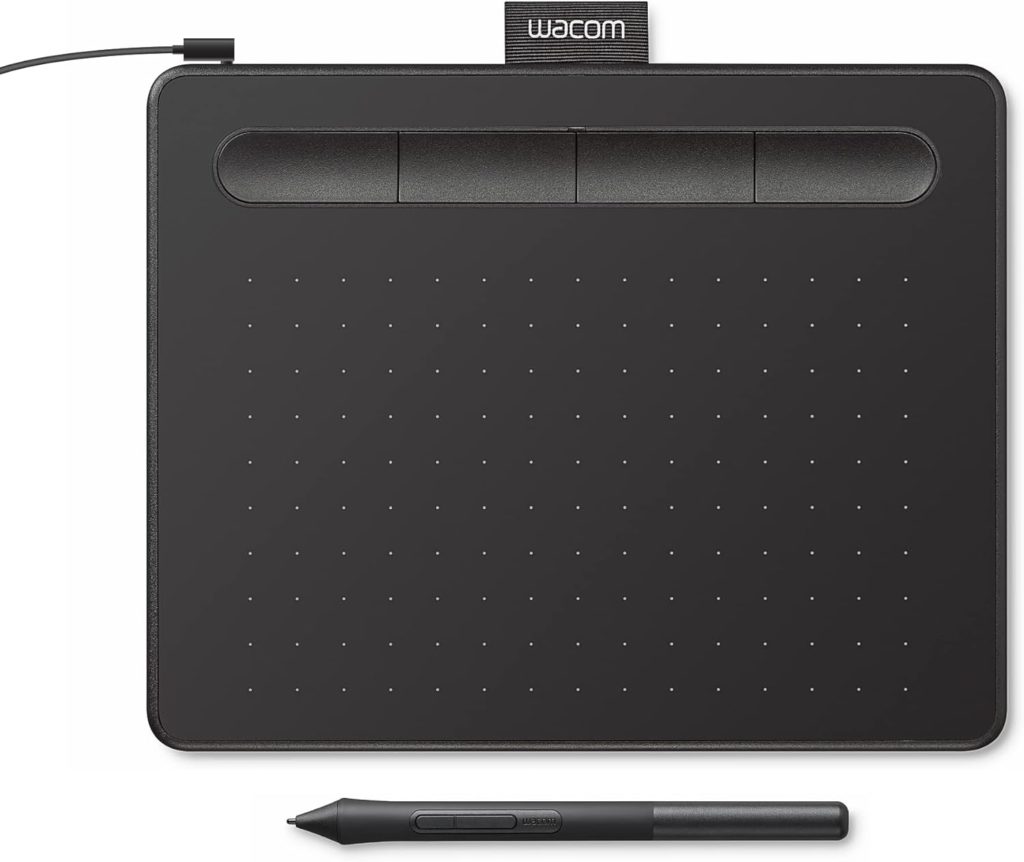
There’s a good reason the Wacom Intuos is commonly recommended as a digital drawing tablet for beginners: it does its job at a very, very cheap price.
Standing tall among the smaller tablets on the market, the small variant of the Wacom Intuos graphics tablet, in particular, has a number of strengths to its name aside from pricing. The graphics tablet is just the starting point in a series of high quality graphics tablets that can act as an entryway for beginner digital drawing, which means it can act as a stepping stone before moving on to something like the Wacom Intuos Pro.
The graphics tablet is also compatible with ChromeOS, Mac OS, and Windows operating systems, so no matter the device this tablet is hooked up to, it’ll be compatible with anything that’s not running Linux. That also means that, yes, this isn’t a tablet in the same sense as the iPad Air or S8 Ultra. If you want to use it, you’ll need a separate PC, laptop, or tablet the run your associated software on.
In addition to this, the Walcom Intuos doesn’t have a display, meaning using this tablet will provide users with the classic experience of having your stylus pen drawing in one place while your eyes look away at your computer screen. This can be a difficult adjustment to make for artists who are used to staring at their work while drawing, but, arguably, the ability to make that adjustment is invaluable in the digital art world.
Huion Kamvas 12
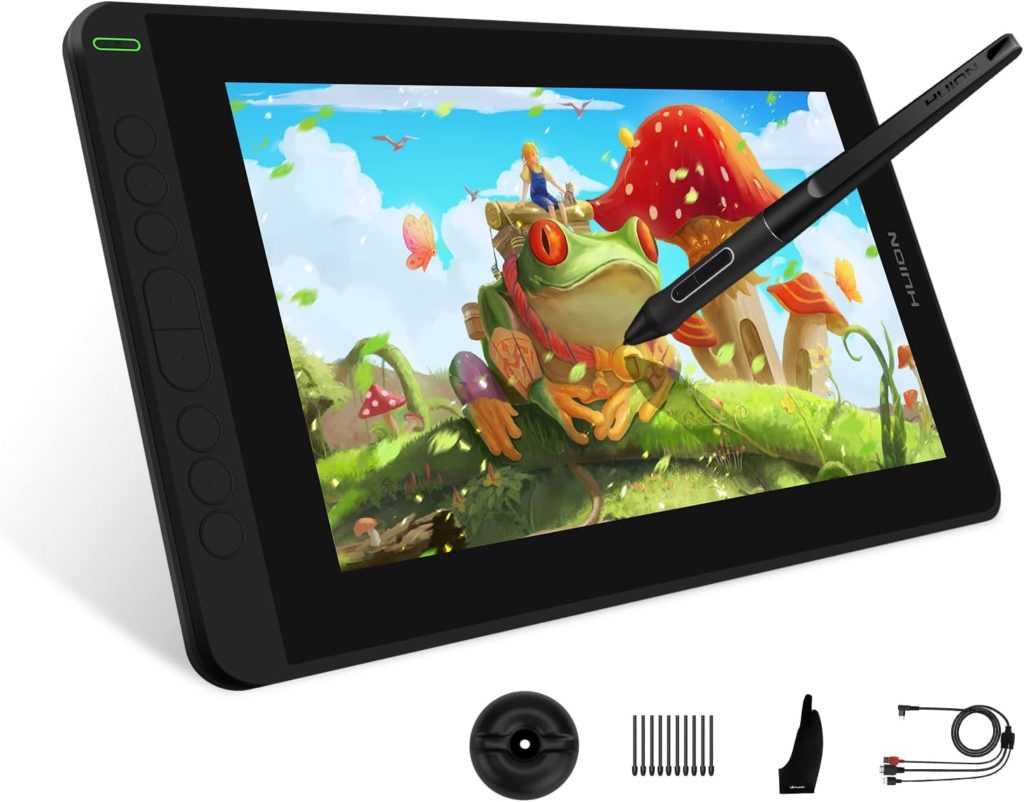
The Kamvas 12, so named for its 12inch display, is a slightly more expensive alternative to the Intuos mentioned above, and a great drawing tablet for beginners. If having a tablet with a display is a must, the Kamvas 12 offers users the same experience as the Intuos, but with that ever-present display as needed.
The Kamvas 12 also comes with its own PW 517 stylus pen, 8 programmable keys (along with two on the stylus itself) for more efficient and convenient workspaces, and manages this all at 1080p resolution.
In addition to the convenience offered by the Kamvas 12, the product is compatible with Mac OS, Linux (Ubuntu), and Windows. So anyone who isn’t using a Chromebook is set with the 12.
Huion Kamvas 16
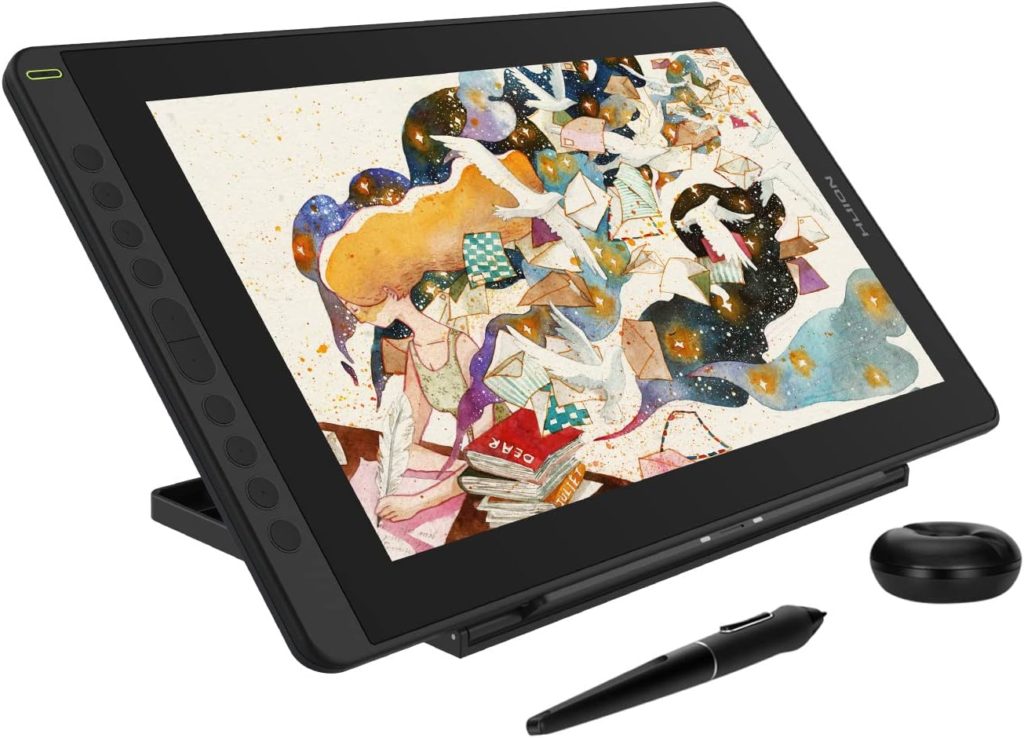
The Kamvas 16 is a great alternative to the 12 for users who would consider themselves a little more experienced in the digital drawing field. As a first tablet for beginners, it can be a little overpriced and the extra ergonomics offered by its larger tablet screen isn’t going to be a necessity.
That said, beginners who want a larger pen display instead of being tasked with working on a smaller tablet can look to the Kamvas 16 as a strong, if slightly more expensive, tablet with an LCD display, six express keys, its own pen stylus, and the same OS compatibility as featured on the Kamvas 12.
All of that said, a beginner should really pay attention to the drawing space on the 16, as that’s what should be the deal breaker between the 16 and the 12. If extra drawing space on the tablet’s screen isn’t that important to you, go ahead and skip this and opt for the 12 for a cheap option with a display, or the Intuos for a cheap option without the display.
Huion Kamvas 16
A drawing tablet for the beginner will vary in usefulness depending on the assumed time it will be used for its primary function. In most cases, and for most newbies, a simple iPad Air or Android alternative will provide enough digital painting functionality alongside a healthy amount of common uses like web browsing or gaming to be worth the purchase as a portable drawing tablet even if the stylus pen and artwork applications are hardly ever used.
In almost every other case where the only function being sought after is digital artwork compatibility, these options are far too expensive for what they offer. Instead, opt for a traditional graphic tablet with OS compatibility of your choice. The Wacom Intuous is likely the best first option available at its extremely small price point, and acts as an affordable drawing tablet for just about any user, with the caveat being that it doesn’t feature its display, making it a pure drawing tablet.
If cheaper drawing tablets with a display around the active drawing area are a must, then the Kamvas 12 or 16 are great starting points. The main difference between the two being, obviously, their screen sizes. If the size matters little to you, the 12 not only saves you quite a bit on cash, but also comes with two extra programmable buttons to make the most repetitive of actions a little bit easier to handle.
Everett Zarnick is a Freelance writer with an expertise in Computer Hardware and Gaming. Within the niches of development, video games, and the hardware that makes both possible, Everett’s got it covered.
